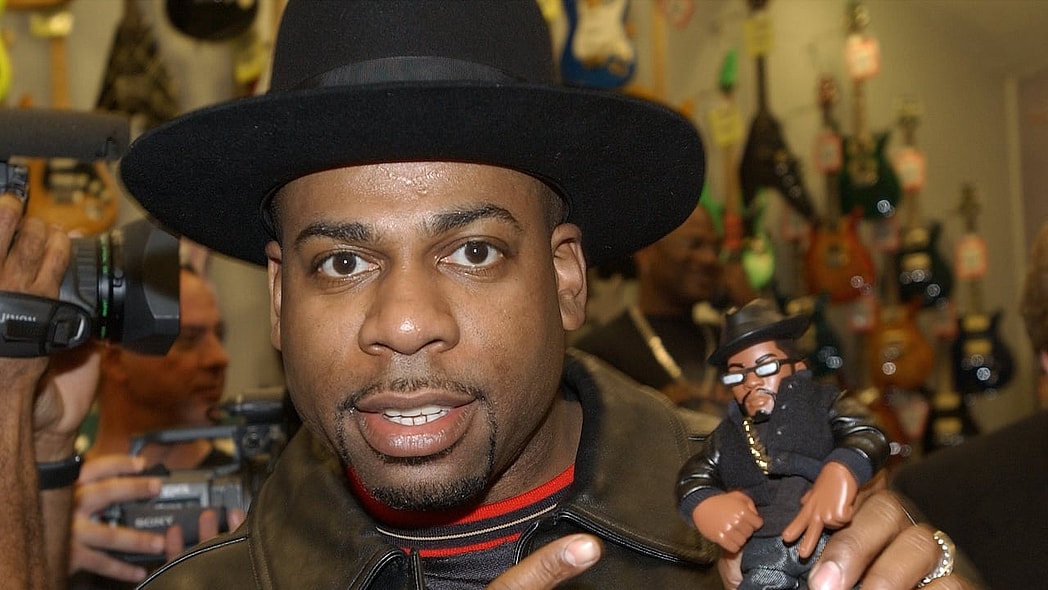PORT-AU-PRINCE, Haiti (AP) — As the sun sets, a burly man bellows into a megaphone while a curious crowd gathers around him. Next to him is a small cardboard box with several banknotes worth 10 Haitian gourdes — about 7 U.S. cents.
“Everyone give whatever they have!” the man shouts as he grabs the arms and hands of people entering a neighborhood in the capital of Port-au-Prince that has been targeted by violent gangs.
The community recently voted to buy a metal barricade and install it themselves to try to protect residents from the unrelenting violence that killed or injured more than 2,500 people in Haiti from January to March.
“Every day I wake up and find a dead body,” said Noune-Carme Manoune, an immigration officer.

Life in Port-au-Prince has become a game of survival, pushing Haitians to new limits as they scramble to stay safe and alive while gangs overwhelm the police and the government remains largely absent. Some are installing metal barricades. Others press hard on the gas while driving near gang-controlled areas. The few who can afford it stockpile water, food, money and medication, supplies of which have dwindled since the main international airport closed in early March. The country’s biggest seaport is largely paralyzed by marauding gangs.
“People living in the capital are locked in, they have nowhere to go,” Philippe Branchat, International Organization for Migration chief in Haiti, said in a recent statement. “The capital is surrounded by armed groups and danger. It is a city under siege.”
Phones ping often with alerts reporting gunfire, kidnappings and fatal shootings, and some supermarkets have so many armed guards that they resemble small police stations.
Gang attacks used to occur only in certain areas, but now they can happen anywhere, any time. Staying home does not guarantee safety: One man playing with his daughter at home was shot in the back by a stray bullet. Others have been killed.
Schools and gas stations are shuttered, with fuel on the black market selling for $9 a gallon, roughly three times the official price. Banks have prohibited customers from withdrawing more than $100 a day, and checks that used to take three days to clear now take a month or more. Police officers have to wait weeks to be paid.
“Everyone is under stress,” said Isidore Gédéon, a 38-year-old musician. “After the prison break, people don’t trust anyone. The state doesn’t have control.”
Gangs that control an estimated 80% of Port-au-Prince launched coordinated attacks on Feb. 29, targeting critical state infrastructure. They set fire to police stations, shot up the airport and stormed into Haiti’s two biggest prisons, releasing more than 4,000 inmates.
At the time, Prime Minister Ariel Henry was visiting Kenya to push for the U.N.-backed deployment of a police force. Henry remains locked out of Haiti, and a transitional presidential council tasked with selecting the country’s next prime minister and Cabinet could be sworn in as early as this week. Henry has pledged to resign once a new leader is installed.

Few believe this will end the crisis. It’s not only the gangs unleashing violence; Haitians have embraced a vigilante movement known as “bwa kale,” that has killed several hundred suspected gang members or their associates.
“There are certain communities I can’t go to because everyone is scared of everyone,” Gédéon said. “You could be innocent, and you end up dead.”
More than 95,000 people have fled Port-au-Prince in one month alone as gangs raid communities, torching homes and killing people in territories controlled by their rivals.
Those who flee via bus to Haiti’s southern and northern regions risk being gang-raped or killed as they pass through gang-controlled areas where gunmen have opened fire.
Violence in the capital has left some 160,000 people homeless, according to the IOM.
“This is hell,” said Nelson Langlois, a producer and cameraman.
Langlois, his wife and three children spent two nights lying flat on the roof of their home as gangs raided the neighborhood.
“Time after time, we peered over to see when we could flee,” he recalled.
Forced to split up because of the lack of shelter, Langlois is living in a Vodou temple and his wife and children are elsewhere in Port-au-Prince.
Like most people in the city, Langlois usually stays indoors. The days of pickup soccer games on dusty roads and the nights of drinking Prestige beer in bars with hip-hop, reggae or African music playing are long gone.
“It’s an open-air prison,” Langlois said.
The violence has also forced businesses, government agencies and schools to close, leaving scores of Haitians unemployed.
Manoune, the government immigration officer, said she has been earning money selling treated water since she has no work because deportations are stalled.
Meanwhile, Gédéon said he no longer plays the drums for a living, noting that bars and other venues are shuttered. He sells small plastic bags of water on the street and has become a handyman, installing fans and fixing appliances.
Recommended Stories
Even students are joining the workforce as the crisis deepens poverty across Haiti.
Sully, a 10th grader whose school closed nearly two months ago, stood on a street corner in the community of Pétion-Ville selling gasoline that he buys on the black market.
“You have to be careful,” said Sully, who asked that his last name be withheld for safety. “During the morning it’s safer.”
He sells about five gallons a week, generating roughly $40 for his family, but he cannot afford to join his classmates who are learning remotely.
“Online class is for people more fortunate than me, who have more money,” Sully said.
The European Union last week announced the launch of a humanitarian air bridge from the Central American country of Panama to Haiti. Five flights have landed in the northern city of Cap-Haïtien, site of Haiti’s sole functioning airport, bringing 62 tons of medicine, water, emergency shelter equipment and other essential supplies.
But there is no guarantee that critical items will reach those who most need them. Many Haitians remain trapped in their homes, unable to buy or look for food amid whizzing bullets.
Aid groups say nearly 2 million Haitians are on the verge of famine, more than 600,000 of them children.
Nonetheless, people are finding ways to survive.
Back in the neighborhood where residents are installing a metal barricade, sparks fly as one man cuts metal while others shovel and mix cement. They are well underway, and hope to finish the project soon.
Others remain skeptical, citing reports of gangs jumping into loaders and other heavy equipment to tear down police stations and, more recently, metal barricades.
Never miss a beat: Get our daily stories straight to your inbox with theGrio’s newsletter.









